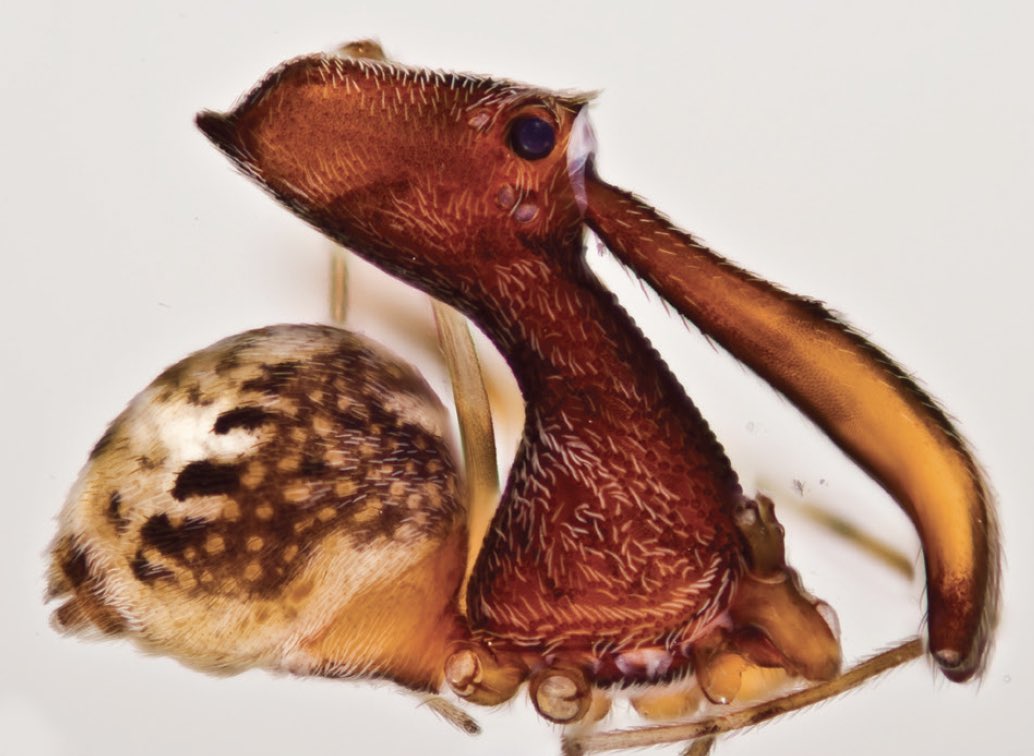
NMNH_Entomology
@nmnh_entomology
Department of Entomology, @NMNH, @Smithsonian. Terms of use: si.edu/termsofuse/
ID: 1522179686
http://entomology.si.edu/ 16-06-2013 13:18:50
794 Tweet
7,7K Takipçi
151 Takip Edilen

🇦🇺🐨🧬 Congratulations Rebecca Johnson - Member of the Order of Australia for services to forensic wildlife services and young women scientists (and koalas)! Smithsonian NMNH Smithsonian Australian Embassy, USA 🇦🇺🇺🇸




#TaxonomistAppreciationDay Smithsonian NMNH spider curator Dr. Hannah Wood recently described Eriauchenius zirafy. This is 1/18 sps Wood & Scharff described in 2018. This unusual look is due to their unique predatory behavior: the long “jaws” are used to attack other spiders at a distance


Dr. Margaret S. Collins (1922-1996) was a renowned expert on termite ecology & distribution. Over her almost 50 year career, Collins taught as a professor at multiple universities & was a research associate at Smithsonian NMNH from 1983 to 1996. #HerNaturalHistory #WHM #BecauseOfHerStory





As 17-year cicadas, commonly referred to as #BroodX, continue to emerge, Smithsonian Migratory Bird Center scientists are looking at how bird songs might change in response to the volume of cicada calls + how nest success (more surviving chicks) might change thanks to the new food. nationalzoo.si.edu/migratory-bird…

#BroodX has arrived! This year, 3 species of Magicicada (periodical cicadas) are emerging after 17 years underground. Today on our blog, BHL Program Director explores the Brood and its species via books in #BHLib. ➡️ s.si.edu/3v3YSyQ #Magicicada21
















